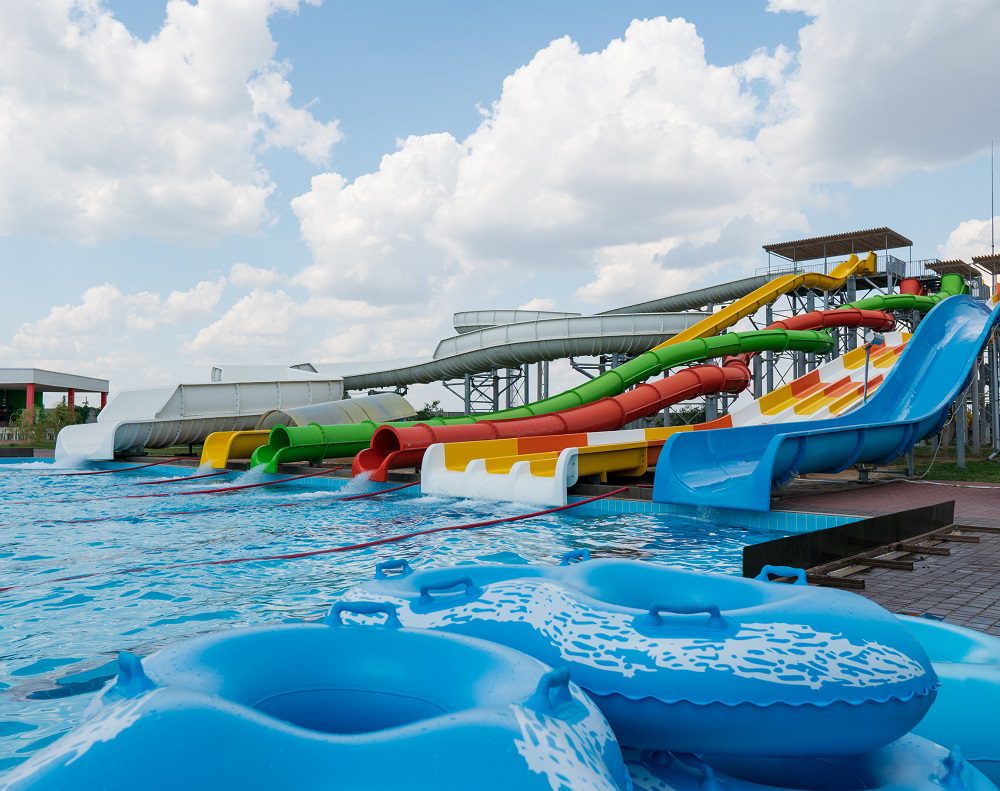Water Park Lawsuits

,
Tom J. Griffiths, Ed.D., Aquatic Safety Expert
When it comes to waterpark lawsuits, two trends become apparent: Drownings in wave pools and accidents on waterslides.
Concerning wave pools, these manufactured “ocean” environments become hazardous when weak swimmers attempt to swim in strong waves where water reaches over their heads. It’s hazardous enough for weak swimmers to swim in deep water. When you add strong waves, many swimmers simply become too fatigued from fighting the rising and falling water.
Rescues by lifeguards in wave pools are a daily occurrence. Some water parks with wave pools supply inner tubes for safety and enjoyment, but the tubes themselves often create problems. Even when made of clear plastic, tubes in wave pools can obstruct the view of patrons from lifeguards. Further, when a novice swimmer falls from an inner tube, panic often ensues. Although many water parks have a height restriction of 48 inches to participate, many patrons taller than four-feet often get into trouble in the water. With or without inner tubes, requiring life jackets for all those in wave pools provides a margin of safety. Experts have yet to find a single person drowning in a properly fitted US Coast Guard Approved Life Jacket.
Accidents occurring on waterslides are rare because the slides are well-designed for safety. When they do occur, they are often caused by rider misbehavior. Rider misbehavior often occurs because the slide attendant is young and inexperienced and/or the signage is ineffective. It is important to note that slide attendants are often not certified lifeguards and are often not old enough to drive a car. The types of accidents that can occur in these environments include patrons using the slide who exceed the weight limit; injury upon impacting the water; riders going down the slide prior to the attendant’s signal; more than one slider at a time; and riders not complying with the attendant’s orders and/or written instructions. Rather than having a long list of rules and regulations in writing, safety signs should be symbol based and use warning shapes, warning colors, and warning symbols.
Tom J. Griffiths, Ed.D., Aquatic Safety Expert with DJS Associates, Inc., can be reached via email at experts@forensicDJS.com or via phone at 215-659-2010.
Tags: Aquatic Safety Expert | Tom J. Griffith


